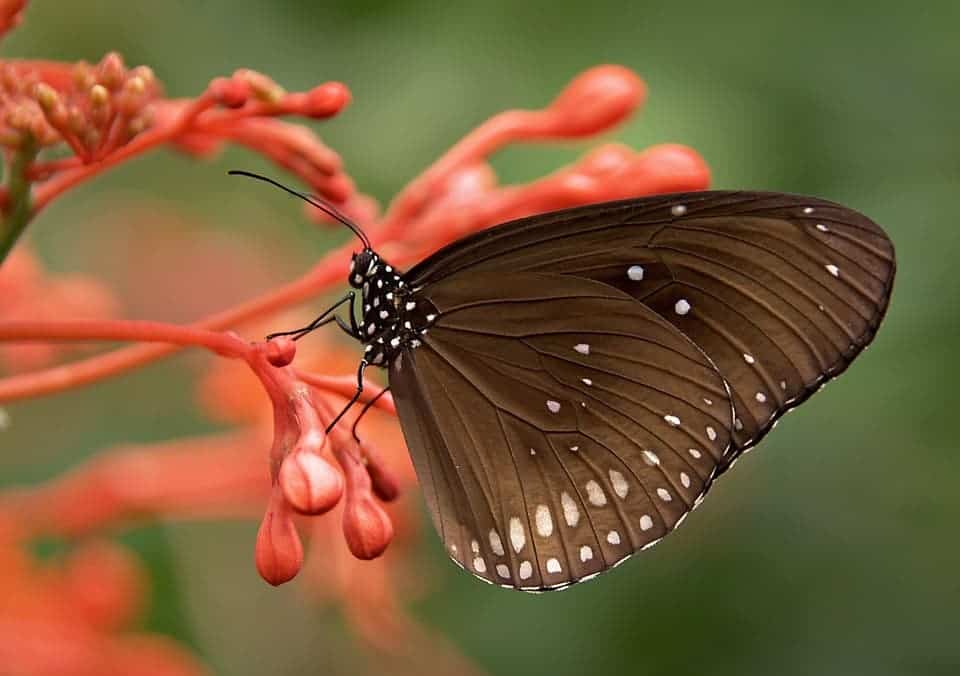In 2017, researchers sounded the alarm when they found that the number of flying insects had dramatically fallen in recent times in Germany. A new study that analyzed a broad range of species in three protected German areas confirmed these fears, finding that some populations had declined by up to two-thirds in the last decade.

Two years ago, an international team of researchers reported that over the last 27 years, flying insect biomass has plummeted by 75 percent in Germany. Land use or changes in weather could not alone explain this dramatic drop in insect biomass.
Insects, be they land-loving or wind trailing, are essential to ecosystem functioning and health. They’re responsible for pollinating 80 percent of wild plants and provide food for a wide range of species, including 60 percent of all birds.
In a new study, researchers led by Sebastian Seibold and Wolfgang Weisse, both professors of terrestrial ecology at the Technical University of Munich, analyzed data on flying insects from 290 sites within forest and grassland habitats. The sites were surveyed by biologists between 2008 and 2017, who counted flying insects, as well as arthropods like spiders and millipedes, using nets and traps.
The results suggest that both in meadows and in forests, the number of species decreased by about a third during the study period. Their biomass, which indicates population size, decreased by 67% in grasslands and 40% in forests.
Among the factors that may be responsible for the decline, the researchers have identified deforestation, invasive species, urbanization, global heating, wetland and river alterations, and agriculture. The latter is believed to be responsible for roughly half of the impact.
The German researchers found that insect decline was particularly enhanced in grasslands surrounded by arable land. Species that did not cover long distances shrank the most in such areas. Meanwhile, in forests, it was mainly species that traveled long distances that suffered the most, possibly because they come into contact with agriculture during their migration.
“The decline affected rare and abundant species, and trends differed across trophic levels. Our results show that there are widespread declines in arthropod biomass, abundance and the number of species across trophic levels. Arthropod declines in forests demonstrate that loss is not restricted to open habitats,” the authors wrote in the journal Nature.
These frightening findings suggest that insect decline is very much real and just as bad as previously reported by other studies. And, this certainly isn’t happening just in Germany.
Earlier this year, a metastudy found that half of all the world’s insect species are in decline and a third are already endangered. The orders Lepidoptera, Hymenoptera, and Coleoptera (butterflies, bees, and beetles, respectively), are the worst-hit groups. One of the studies included in the analysis shows that the number of widespread butterfly species on farmed land in the UK fell by 58% between 2000 and 2009. Bees are also struggling: Oklahoma lost half of its bumblebee species between 1949 and 2013. The number of honeybee colonies in the US was 6 million in 1947, but 3.5 million have been lost since. Beetle species are also declining, especially dung beetles, according to this meta-analysis.
“Our results suggest that major drivers of arthropod decline act at larger spatial scales, and are (at least for grasslands) associated with agriculture at the landscape level. This implies that policies need to address the landscape scale to mitigate the negative effects of land-use practices,” the German researchers wrote.
Since agriculture is the main driver of this decline, policymakers, farmers, and conservation efforts have to work in sync in order to coordinate a reversal of this dire trend. There is some progress in this respect. This year, Germany’s Farmers’ Association voluntarily ceded arable land back to nature, creating a 230,000 km-long and 5-meter-wide flower strip corridor. Insecticides such as neonicotinoids and the herbicide glyphosate (Roundup) have also come into scrutiny for their potential ill effects on biodiversity. Measures that restrict their use may also play a major role in reviving insect populations.


